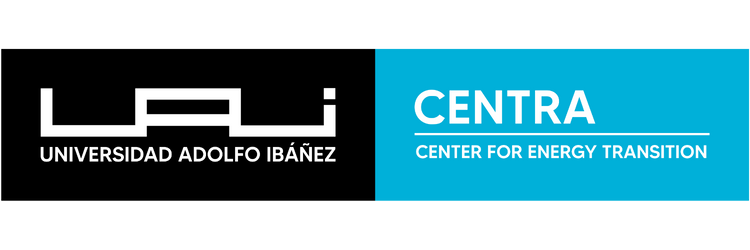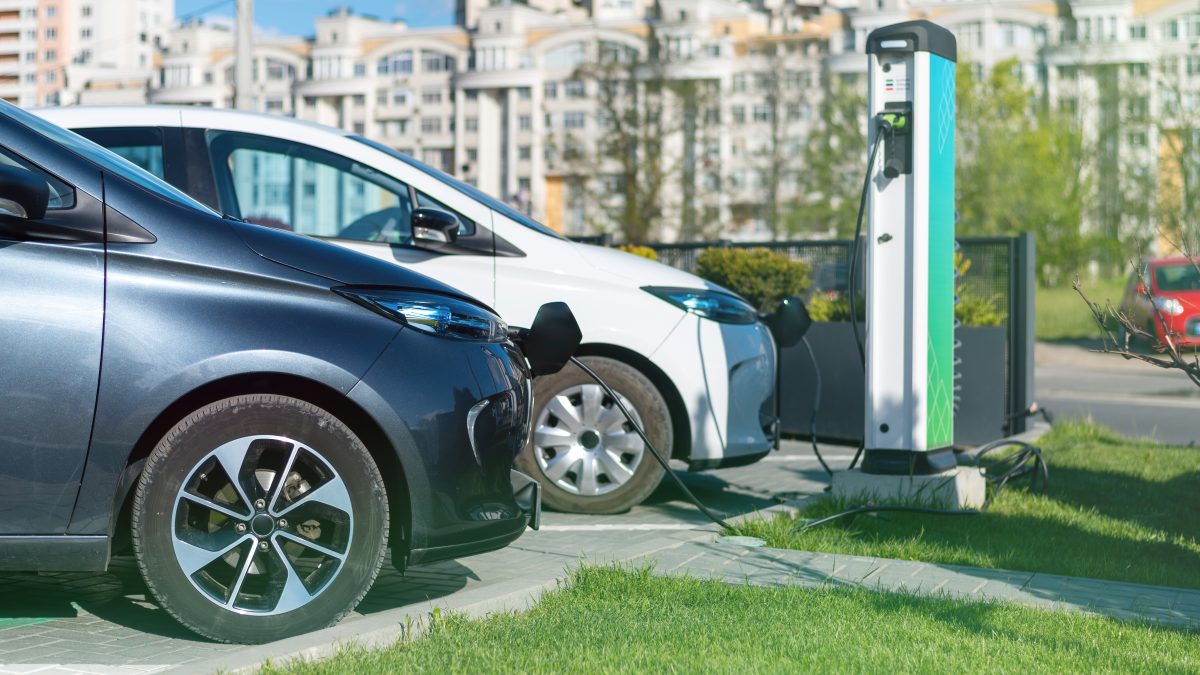Sales of 100% electric vehicles continue to rise despite barriers still present
August 4, 2024
The segment recorded a 40.5% growth during the first half of the year. Experts analyze the various challenges to overcome for further development of electromobility in Chile.
There are many examples of passing trends and fads. Electromobility, however, seeks to establish a solid foundation and expand its presence in Chile, especially considering that by 2035, only zero-emission vehicles will be sold nationwide.
So far, the sales curve for 100% electric vehicles (light and medium) has shown sustained growth. According to data from the National Automotive Association of Chile (ANAC), the accumulated growth of this market in the first six months of 2023 was 40.5% compared to the same period in 2022, with 777 registered units, of which 468 were SUV models.
Meanwhile, the electric bus segment recorded 957 units sold (843 incorporated into the RED system) in the first half of the year, with an increase of 1,267%.
Fleet First
Has the sale of electric vehicles grown within the expected margins in recent years?
Diego Mendoza, Secretary General of ANAC, explains:
“The commercial fleet segment has led this market in recent years. In fact, the two best-selling models in Chile in 2022 were 100% electric commercial vans, and in 2023, many registrations have been for fleet vehicles used in passenger transport applications. In other words, the growth of electric vehicle sales in Chile is primarily linked to commercial, work, and fleet vehicles. Although they have not yet surpassed 1% of total annual sales, we believe this threshold will be exceeded by the end of 2023, and from there, we expect at least to double the sales of electric vehicles each year.”
From another perspective, Carolina Vladilo, Director of the Chilean Electric Vehicle Association (AVEC), explains that electric vans for fleets are the most commercialized because, like taxis, they cover high mileage, making their total cost of ownership more profitable than internal combustion vehicles.
Meanwhile, Carlos Silva, researcher at the Energy Transition Center (CENTRA) at the Faculty of Engineering and Sciences, Universidad Adolfo Ibáñez (UAI), believes this market has grown steadily but at a moderate pace due to barriers that consumers still face.
“For individual consumers, fuel savings still do not fully compensate for the higher upfront investment,” Silva explains.
Regarding fleet adoption, he states that since these vehicles cover a high number of kilometers per year, fuel savings at least partially offset the higher investment.
“Additionally, electric mobility allows companies to demonstrate their environmental commitment while taking advantage of tax benefits, such as accelerated depreciation for fleet vehicles under the Energy Efficiency Law.”
Main Barriers
Silva highlights that the high cost of electric vehicles remains the main barrier to greater adoption.
“A price above 30 million pesos significantly limits potential individual buyers, even considering the two-year exemption from circulation permit fees,” he states.
Another limiting factor is the lack of charging stations.
“The Metropolitan Region concentrates most of the country’s chargers, while in other regions, they are mainly found in large cities. As a result, this technology still appears to be limited to urban travel,” he adds.
Diego Mendoza (ANAC) emphasizes that the growth in electric vehicle sales in Chile is primarily associated with commercial, work, and fleet vehicles.
According to Mendoza, regulatory barriers also hinder the recognition of electric and low-emission vehicles (hybrids, plug-in hybrids, extended-range EVs, and hydrogen vehicles) as a sustainable mobility solution.
“The Chilean Internal Revenue Service (SII) has issued circulars, directives, and interpretations that do not allow companies to deduct the cost of incorporating these vehicles—regardless of their type and size—as an accepted business expense. Currently, this tax benefit only applies to pickup trucks and other commercial vehicles, which needs to change,” he explains.
Mendoza also advocates for the elimination of the 6% import tariff that is unilaterally applied to light, medium, and heavy electric, hybrid, and hydrogen vehicles.
Additionally, he points out the lack of sufficient incentives for private and public entities to develop a robust charging network, including home chargers, condominium charging stations, and rest areas with fast-charging infrastructure.
“Without these essential conditions, achieving the significant market growth we anticipate will be very difficult,” he adds.
Carolina Vladilo (AVEC) highlights SII Circular No. 5, which establishes criteria for companies to deduct vehicle purchases as a business expense.
“The circular explicitly excludes ‘station wagons or similar vehicles’, which impacts both electric and combustion vehicle purchases. Since the electric vehicle market is currently more developed in the SUV segment than in pickup trucks, companies have fewer options,” she explains.
She also cites uneven charging infrastructure development, lack of awareness about electromobility, and a shortage of specialized human capital as barriers to market expansion.
How to Overcome These Challenges?
To address these issues, Vladilo proposes modifying Circular No. 5, though she acknowledges that a stronger offering in the pickup segment would also help.
She also stresses the need to expand charging infrastructure in regional areas, conduct more educational workshops on electromobility, and train more specialized professionals nationwide.
Regarding ANAC’s initiatives, Mendoza reveals:
*”We have identified these problems and are discussing them with all relevant stakeholders. We are working with the Ministry of Foreign Affairs on tariffs, the Internal Revenue Service (SII) on VAT and rejected expense deductions, and the Ministries of Transport and Energy on electric and plug-in hybrid vehicle registration fees and incentives for public and private charging networks.
Our roadmap reflects many of the issues we have raised in government working groups. The challenges are well understood and shared by all stakeholders, but now we need to focus on finding solutions.”*
Silva, from UAI, believes electromobility in Chile should continue expanding in public transport and fleet sectors.
“If prices drop, we should see a significant increase in sales to individual consumers. Existing laws already promote electromobility, making it unlikely that the state will introduce additional high-cost fiscal incentives,” he explains.
Finally, Vladilo (AVEC) expects private electric vehicle sales to grow in 2024, mainly due to the Energy Efficiency Law, which imposes emission quotas on vehicle importers.
“This regulation will lead to a greater supply of low-emission vehicles in the market,” she concludes.
Read the full article in Revista Electricidad.

